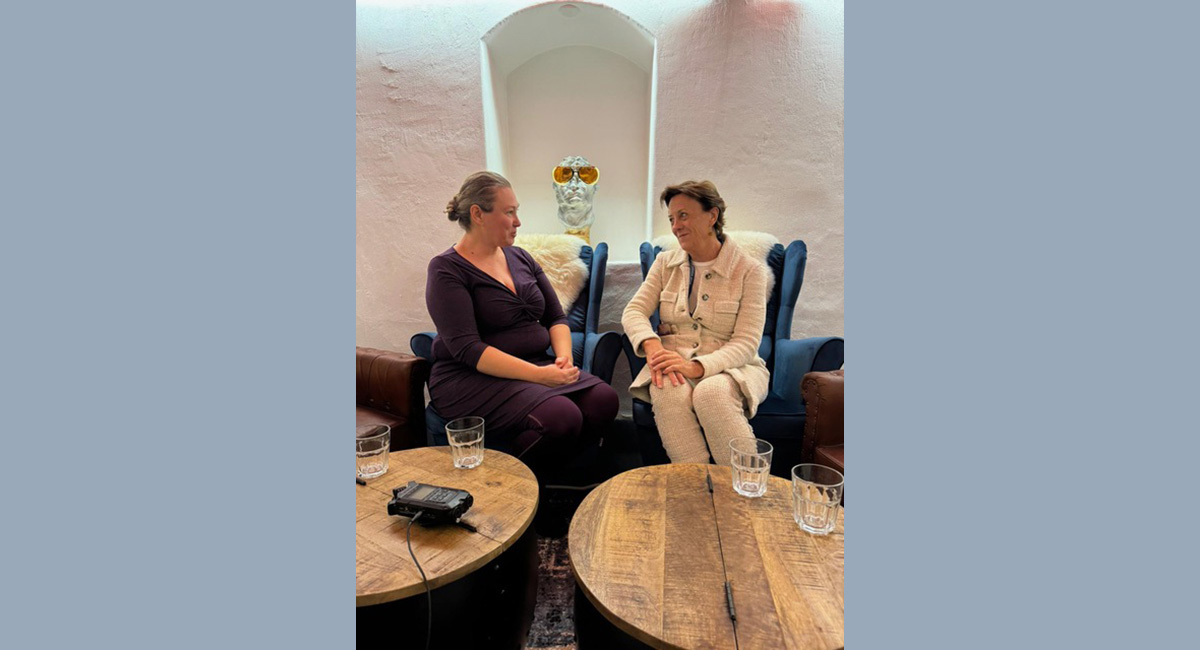Emily in Davos — World Economic Forum

Unlocking the Power of Business Continuity in Blockchain and Crypto!
Emily Spoke at the World Economic Forum in Davos Digital in January 2024.
Journey into Business Continuity:
Reflecting on my personal experience on 9-11, where the lack of preparedness became evident, I embarked on a mission to understand and implement Business Continuity Plans (BCP). Serving on the 9-11 Commission and modifying Emergency Preparedness standards, this journey laid the foundation for ISO 22301, emphasizing the necessity of BCP for all disruptions.
Disruptions in our Space:
Recent high-profile crypto failures underline the vulnerability of our industry. Regulatory compliance, supply chain dependencies, cyber threats, and geopolitical instabilities demand robust BCP. The sector’s resilience is at stake, making business continuity a top priority.
Why Now?
New regulations like MICA and FCA mandate continuity plans for crypto firms. BCP is not just administrative; it’s a substantive framework for navigating turbulent times and preparing for natural disasters. Without a robust BCP, our industry risks failure.
Risks of Neglecting Continuity Planning:
Directors risk liability if businesses collapse without proper continuity planning. Investors play a role in ensuring BCP exists before investing. It’s a pivotal moment for a cultural shift toward proactive continuity and resilience.
Elements of Business Continuity:
BCP involves preparedness, mitigation, and disaster recovery. A well-structured plan must assess risks, map dependencies, and involve leadership committed to its execution.
Components of a BCP:
From risk assessment to strategic options, communication plans, and scenario planning, a comprehensive BCP is more than a form-filling exercise. It’s about understanding your company’s capabilities and preparing for disruptions.
AI’s Role in BCP:
Generative AI accelerates BCP processes, helping identify vulnerabilities, strategize recovery, and enhance threat intelligence. While powerful, human validation is crucial to avoid AI “hallucinations.”
Top-Down Approach:
Business Continuity involves everyone. Boards and management should lead, ensuring collective understanding among all team members, building true resilience.
The Golden Element – Communication Principles:
Empathy is crucial in crisis communication. Transparency, honesty, and relevance are important, but empathy is the key. Crisis communicators must have the freedom to act swiftly.
The Need for Practicing and Updating:
Regular practice and updating plans are essential. The Metaverse offers a virtual stage for scenario rehearsals, identifying errors, and finding new solutions without experiencing actual disasters.
Conclusion:
Engage in proactive scenario planning, build a culture of resilience, and prioritize business continuity planning. It’s not just a safety net; it’s a strategic tool for sustainable growth. Excited to work with an expert team at LANDIS, delivering business continuity advisory!

